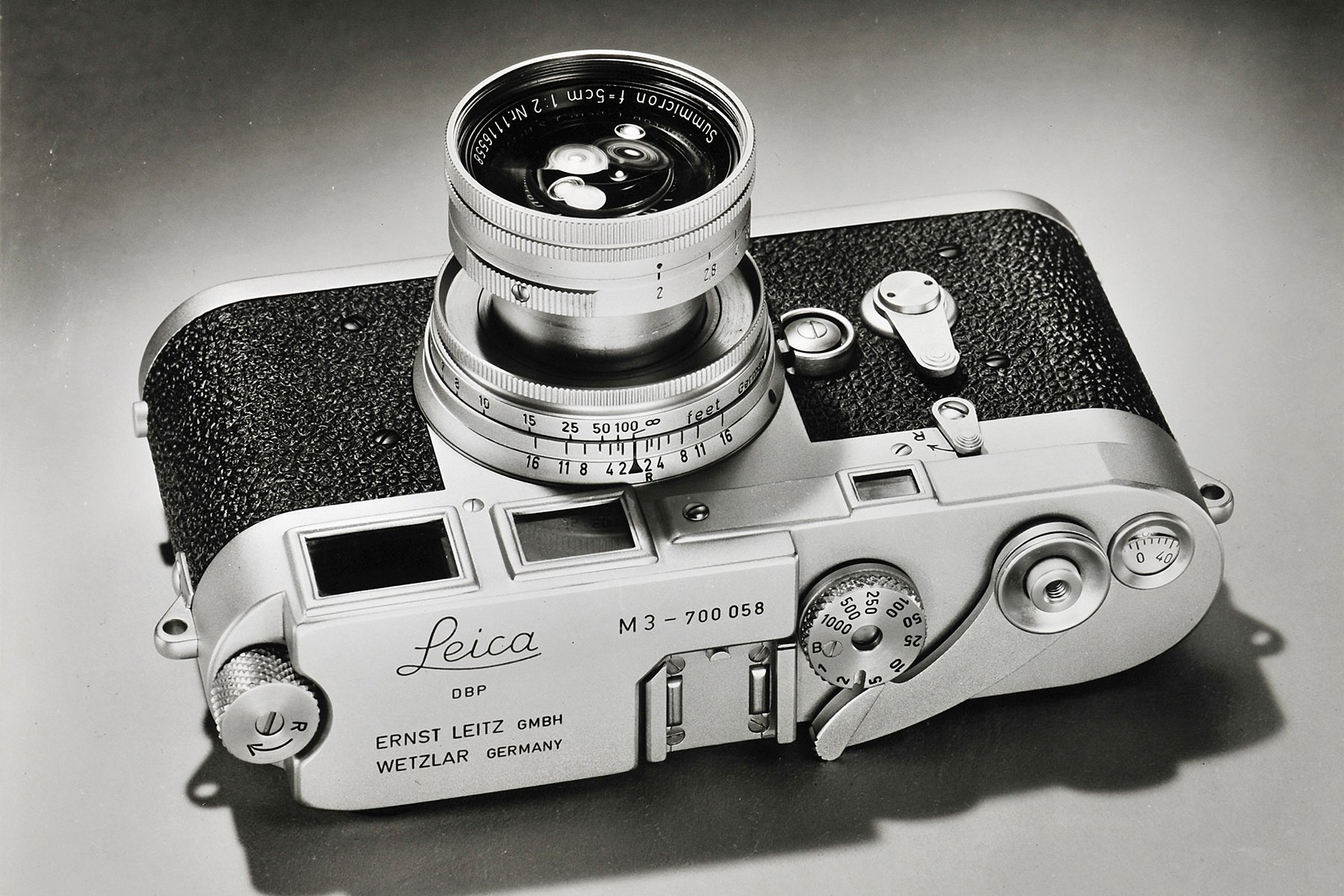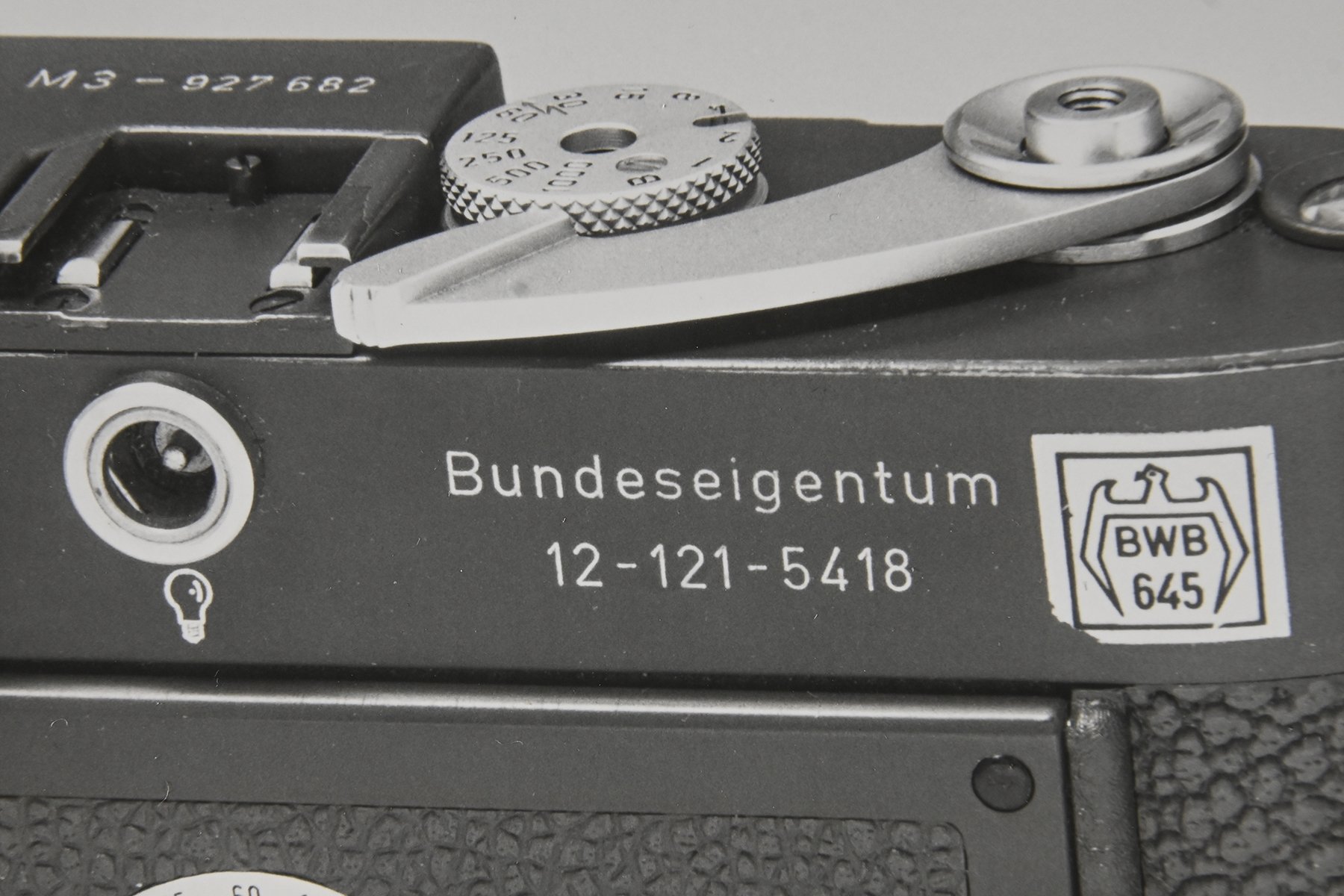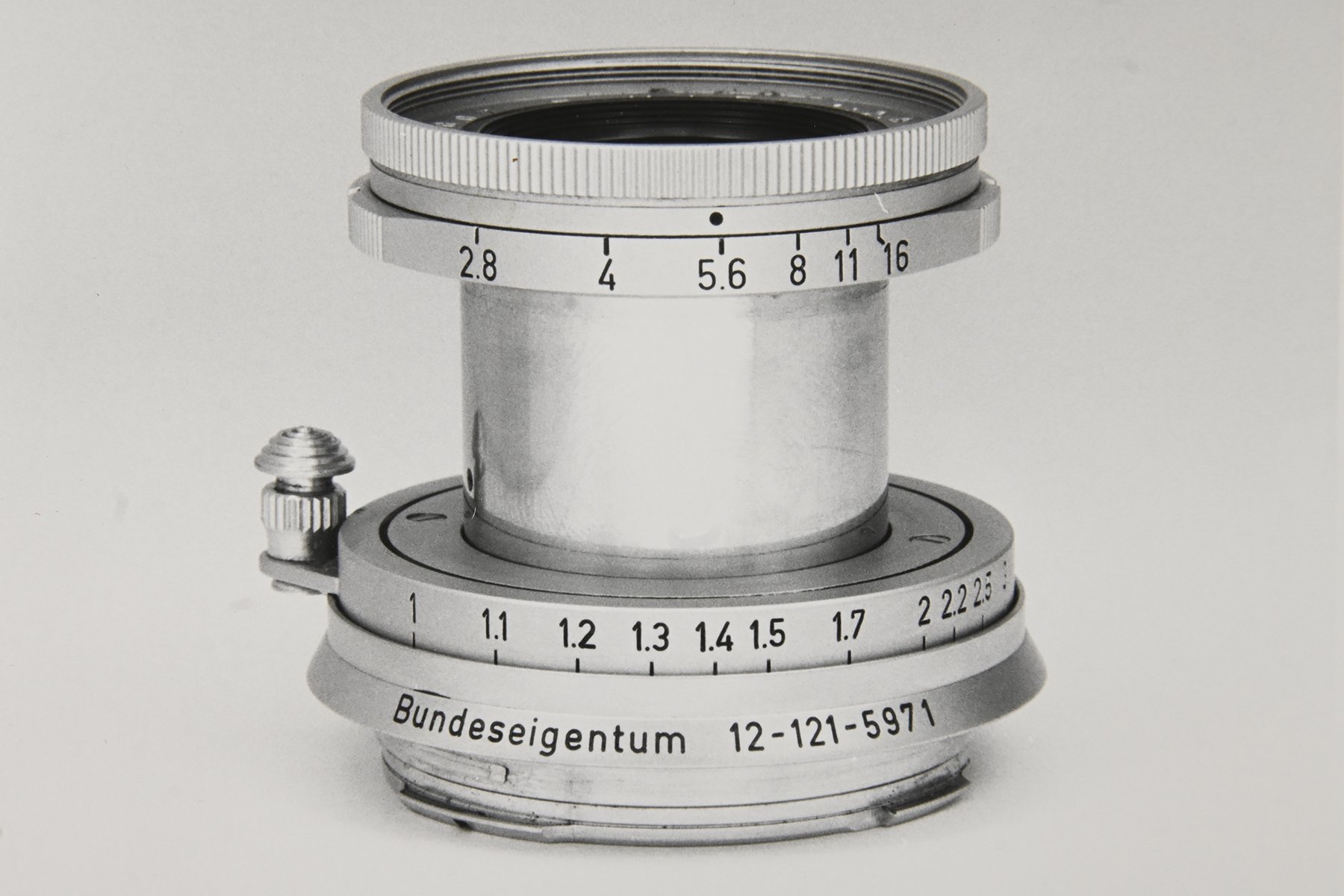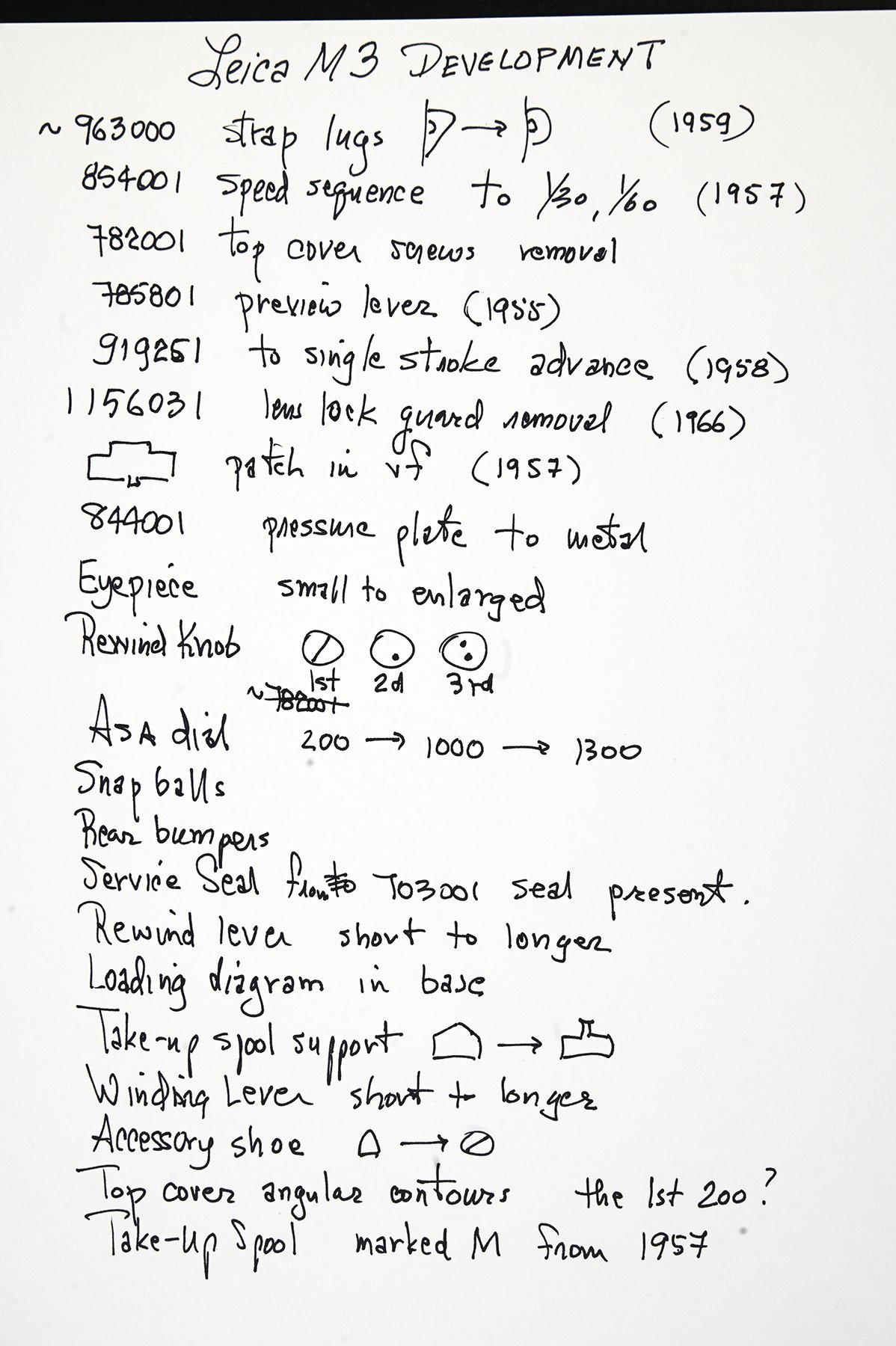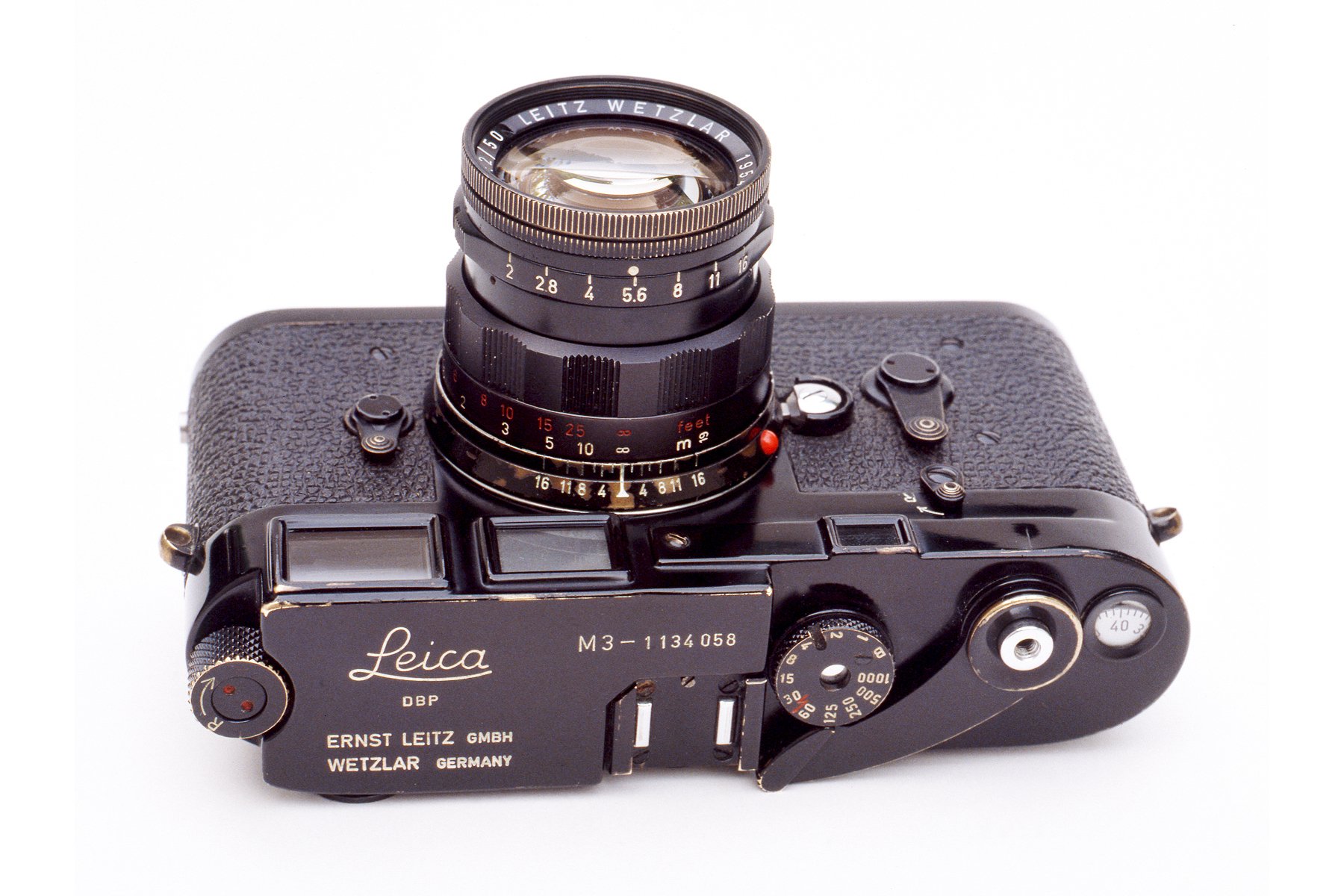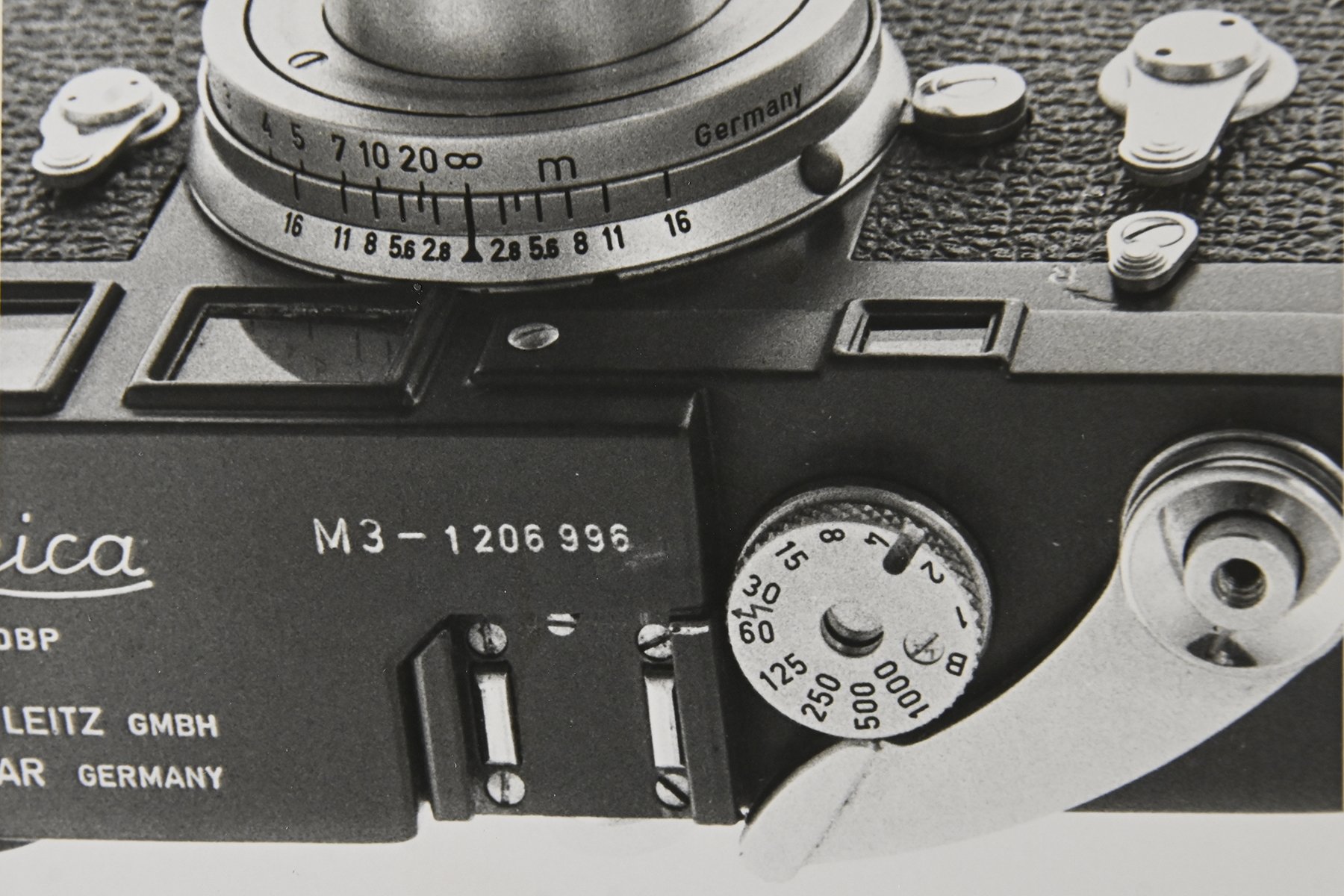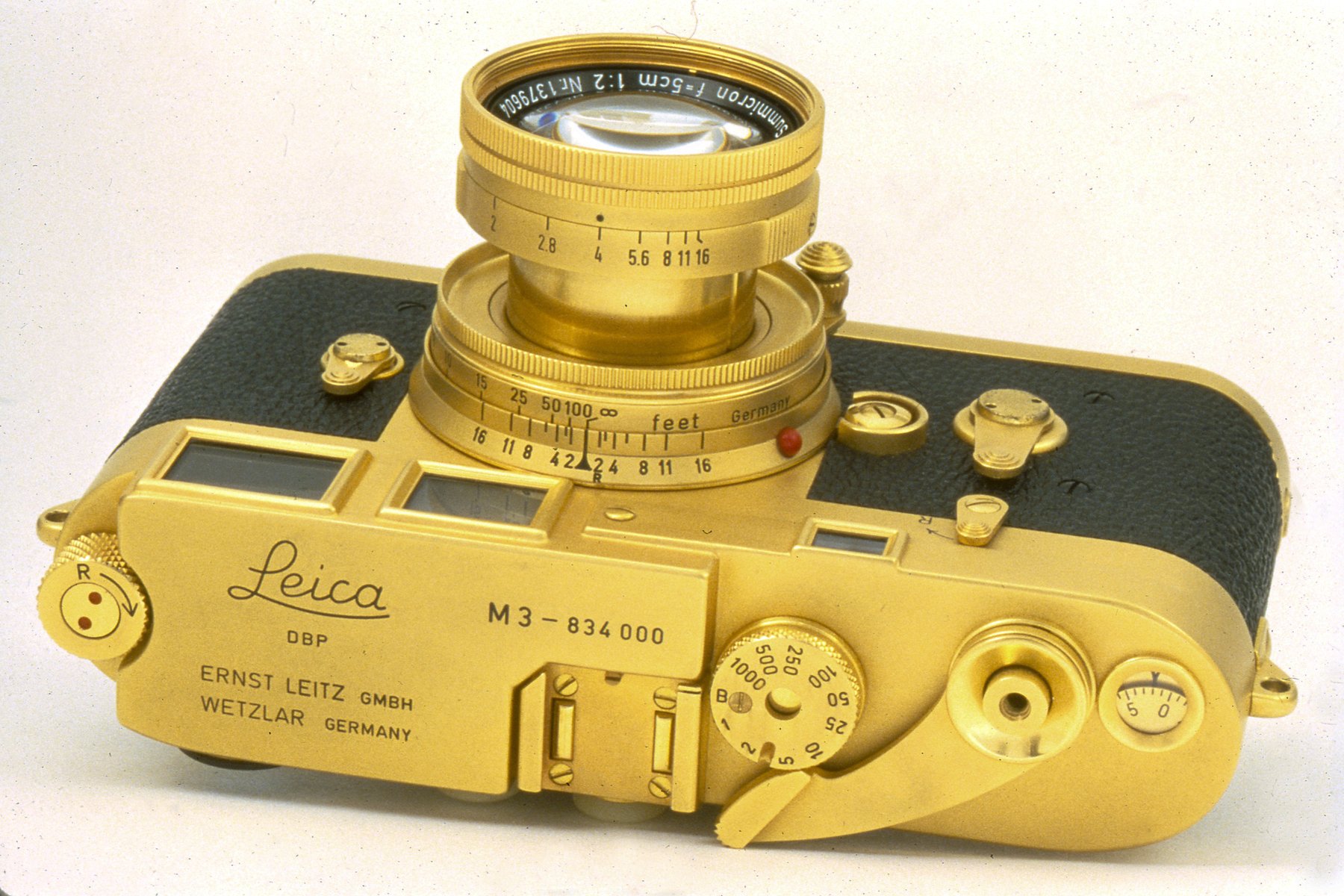Leica M3 Variations, 1954 to 1966
They started out with near perfection and then made improvements!
The Leica M3 made its official debut at the Photokina exposition in April 1954, garnering instant acclaim. It redefined the interchangeable lens rangefinder 35 and created a worldwide sensation, the echoes of which still reverberate today, 70 years later! The first rangefinder camera to combine a fixed bayonet lens mount and a combined, high magnification (0.91x) range/viewfinder with projected parallax-compensating, auto-indexing field frame lines covering multiple focal lengths, the M3 and its analog and digital successors have seldom been equaled, and never surpassed by any other camera manufacturer. Both the Konica Hexar RF (1999) and the Zeiss Ikon ZM (2005-2012) did incorporate projected auto-indexing, parallax compensating field frame lines, but both are long out of production, and neither of these worthy cameras had a rangefinder patch as precisely defined as a Leica M. When the M3 finally ceased production officially in 1966, a dozen years after its introduction, it is estimated that 233,209 M3’s had been produced (including 272 24x27mm-format M3-based models for the German Post Office), making it the most successful Leica M ever by a considerable margin.
To their credit, the wizards of E. Leitz Wetzlar didn’t simply bask in the glory of their monumental achievement in designing and producing the original Leica M3, (which was covertly in production by late 1953), they were constantly devising ways to improve it. For starters, early production examples of the M3 already sported self -zeroing frame counters, more elegantly contoured “frames” around the front rangefinder and viewfinder windows, and clockwise-turning rewind knobs, all features absent on the ultra-rare (around 65 made in total) Null-Series M3 pre-production test prototypes received by “friends of Leica and important users.”
The first production M3, serial No.700001 had a dual-stroke film advance, and no frame-line selector lever tor previewing the coverage of different lenses, but Leitz soon added the frame selector feature in series production. And when the M3 switched over to single stroke advance in 1958 the factory offered a service for converting older dual-stroke models to single stroke, which required complete disassembly and changing out the gear train! For the record, the near-mint Leica M3 No. 700001, which was owned by Leica’s then chief designer Willi Stein, sold for a cool $1.17million at auction, and might easily fetch 2 or 3 times as much today.
According to a Leica-Wiki the last standard finish Leica M3 was No. 1164865, the last of a group of 20 chrome finished M3s turned out in Wetzlar in 1967. However, the very last M3s were a group of 38 Olive Lackiert (olive enameled) cameras produced under contract for the German Government in 1968. Serial numbers range from No. 1206962 to 1206999, and most are engraved Bundeswehreigentum (“property of the government”) on the back of the top plate and bear a golden decal “BWB 1266” with a federal eagle. Another subtle identifying mark: none of these cameras has a guard around the lens release button. According to a contemporary flyer by Wetzlar Camera Auctions at least some of these cameras were “hardly used by the troops and are in incredibly beautiful, almost like new, original condition with their original “L” repair seals intact.”
The very last chrome M3 No. 1164865 was offered new in box by UNCRATE.COM a while back for a cool $595,000, and an olive Bundeswehreigentum M3 from the last series cited above was listed on an eBay auction at a starting price of $35,000. So, while the last Leica M3s may not be worth quite as much as the first few, they’re still premier collectibles and not for the faint of wallet.
What other changes and improvements were made over the course of the Leica M3’s extended production run? Acclaimed Leica historian James Lager was kind enough to provide a charming handwritten summary headed “Leica M3 DEVELOPMENT” which we’ve appended to this article. To clarify some of the entries, the first item refers to the changeover from the “Buddha’s ears” neck strap lugs to rounded ones and the second marks the switch to the modern geometric shutter speed sequence. “Notch in vf” refers to the (widely ignored) notches added above and below the rangefinder patch for calculating depth of field, and “pressure plate to metal” refers to the switchover from a glass to a metal pressure plate. “Rewind knob” shows 3 center top patterns that rotate to confirm film advance, “Snap balls” refers to spring-loaded ball bearings that snap in place with a click when the hinged back section is closed, and “Rear bumpers” were protective strips that prevented scratches on the body when the hinged back section was lifted too aggressively. “Take-up spool support” refers to the switch from a conical shaped lug to secure the base of the take-up spool to a more effective protruding one, and “Accessory shoe” shows early and late configurations in the positioning stop in the accessory shoe. Finally, “Top cover angular contours’ refers to the linear break in the rounded sections of the top cover in very early (perhaps the first 200) Leica M3s (see photo).
So far as we know neither E. Leitz Wetzlar nor Leica camera AG has ever published hard data documenting the numerous improvements made to the film wind mechanism, shutter mechanism, and range/viewfinder of the M3 over the years. This information may be buried in service department records, but you may rest assured production M3 cameras with serial numbers of 1,100,000 and above have the full complement of upgrades. To get a handle on this we contacted ace camera repairman Bill Moretz who has disassembled and worked on hundreds of Leica M3’s over the past 40 years. Here are some of his observations, albeit without specific dates: “In transitioning from two-stroke to single-stroke advance the gears in the film wind mechanism were made beefier and the film advance is noticeably smoother. Ball bearings were also added to the film advance mechanism, further enhancing smoothness and durability. On later M3 shutters there’s an adjustment for slit width at the higher speeds, enabling more precise adjustment and improved accuracy and consistency. The viewfinder of M3 the was made successively brighter over its entire production run, using revised optical elements. All improvements made to the M3 were incorporated into the Leica M2 and Leica M4, albeit at lower finder magnifications.”
It should be clear in detailing all these major and minor enhancements that the original Leica M3, as magnificent as it was, was never a static entity. It was created by a company that was and is firmly committed to excellence, and to providing the best possible equipment for its valued customers. Indeed, that is the essence of the Leica legend.
Heartfelt thanks to James Lager for providing all the images and much of the information for this article.

